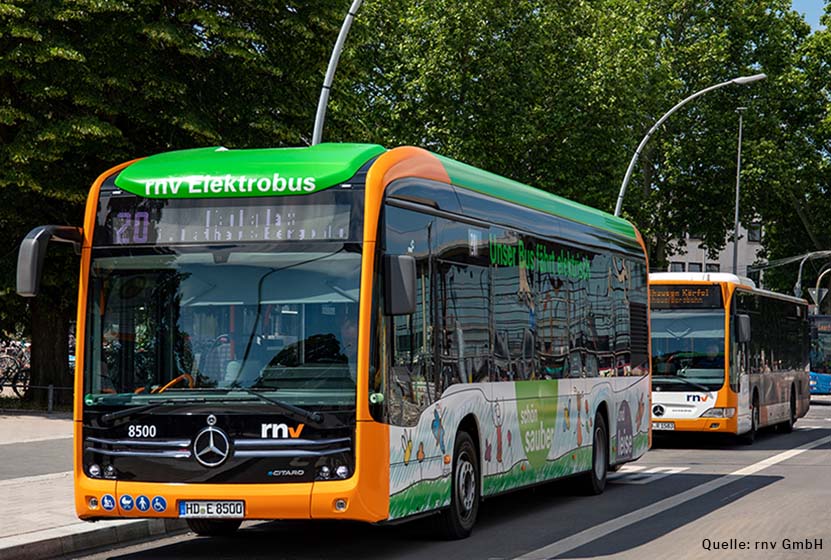All about VDV 261
Anyone familiar with the field of public transport has certainly heard of the VDV 261 guideline. But what is VDV 261 actually?
What is VDV 261?
VDV 261 is a technical document published by the Association of German Transport Companies that describes how to ensure the data exchange necessary for the preconditioning of vehicles. This means, for example, that the temperature in the bus can be adjusted for passengers even before the bus departs from the charging station. And not just for one bus, but automatically for all buses.
Preconditioning leads to a longer range of battery-powered vehicles, since the energy needed to heat up or cool down the vehicles for the first time is not taken from the battery, but from the power grid. In short, VDV 261 increases comfort, increases range and saves time and therefore money, as processes no longer have to be done manually but are automated.
How does VDV 261 work?
VDV 261 describes how the value-added services of ISO 15118 must be used to automatically precondition vehicles during a charging process. Intelligent charging management enables so-called preconditioning, basically a “preparation” of the buses, via the existing charging infrastructure. There are various options for this, e.g. heating, cooling, ventilating. As soon as the electric bus is connected to a charging station, the data sent can be used to determine precisely whether preconditioning is required and, if so, in what form, so that the vehicle is ideally prepared at departure time. The challenge here lies in the smooth communication from the vehicle via the charging station to the charging management, as this communication chain must be encrypted and coordinated with all parties involved.
What is the benefit of VDV 261?
The VDV 261 interface helps to optimize planning and processes and to minimize potential risks. Because heating e-buses that are not currently connected to the charging station consumes a lot of energy and has a negative impact on the range. The bus is connected to VDV 261 during preconditioning at the charging station – so there is no need to worry about range. Passengers also experience more comfort as the temperature can be optimally prepared.
In addition to VDV 261, the standard VDV 463 is recommended – more information can be found at: https://www.carmedialab.com/en/vdv-463-makes-charge-planning-easy/.




